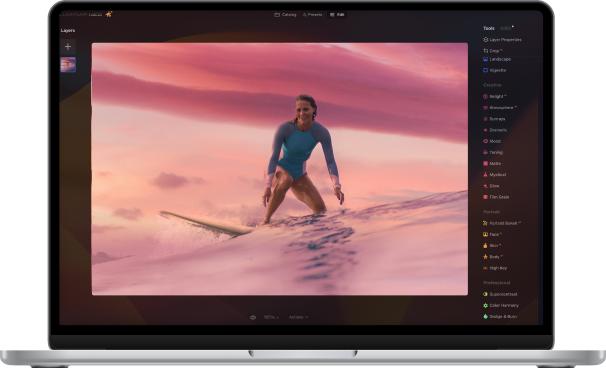What is Macro Photography
May 20
15 min. to read
What about the macro photography definition? This is where beginners should start, as many photographers have never even tried working in this genre. According to Wikipedia, macro photography is the art of taking very close photographs of a subject (usually insects) which are five to ten times greater than their real-life counterparts. But that’s just in a nutshell. If you’ve ever been interested in what macro photography really is, this article is for you.
By the way, if you want excellent macro shots, you can't do without post-processing. Be sure to read about the best editing software for photography.
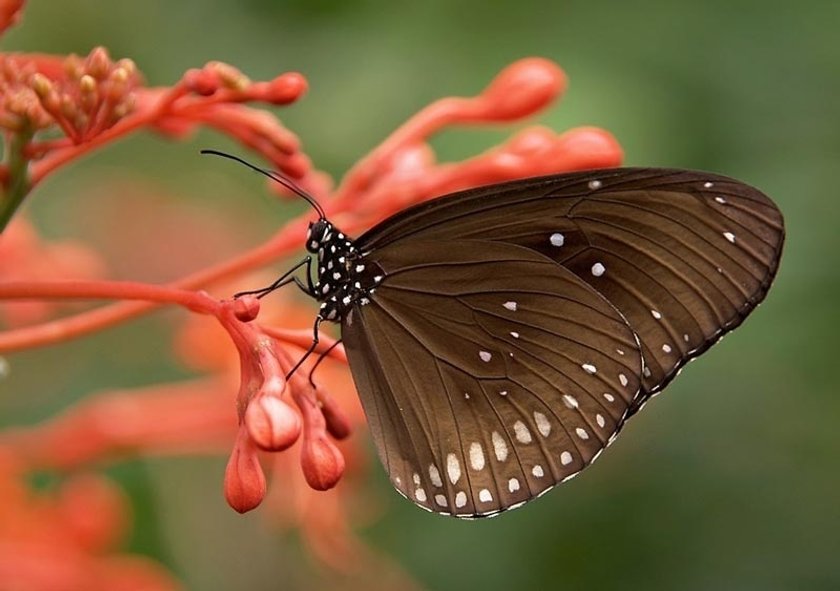
What Makes Good Macro Photography?
The best macro photography is characterized by a high level of detail and sharpness in the small subjects, as well as a strong visual impact that grabs the viewer's attention. For example, this genre often requires a shallow depth of field to get the desired level of detail in the tiny object while creating a pleasing background blur. This can be achieved by using a wide aperture (low f-stop number). A shutter speed of 1/200th to 1/500th of a second is a good starting point for this genre.
Choosing an interesting scene with a unique shape, texture, or color can make the difference between an average macro image and an exceptional one. Look for parts of your subject that are well-lit and easily accessible. During macro shooting, using the rule of thirds, leading lines, and other compositional techniques can also help create a strong composition.
 Also, consider buying extension tubes for shooting macro. These accessories in front of your lens don't contain any optical elements and don't affect the focal length or magnification. Instead, they simply create additional space to focus on objects closer to the camera for stunning macro shots.
Also, consider buying extension tubes for shooting macro. These accessories in front of your lens don't contain any optical elements and don't affect the focal length or magnification. Instead, they simply create additional space to focus on objects closer to the camera for stunning macro shots.
There is one more thing. A tripod can help stabilize the camera and allow for precise focusing. Focus stacking, which combines multiple images with different focus points into a single one, can also be used to achieve greater depth of field and sharpness. If you need great focus stacking software for the best macro photography, be sure to check out Luminar Neo.
Macro Photography in Detail
So, a macro definition in photography involves capturing detailed and close-up images of small objects, revealing their textures and intricacies that are often hidden from the naked eye. Back in the old days, macro photography was a rare phenomenon and it took a lot of equipment to churn out macro images. Back then, digital cameras didn’t exist and it was almost impossible to photograph the way we do today.
The only way was to shoot with a film camera, which limited the capabilities of shooting subjects smaller than lifesize. Even then, these images were considered macro owing to their 1:1 ratio. Also, many cameras come with a built-in macro mode that allows for close-up photography without the need for a dedicated lens.
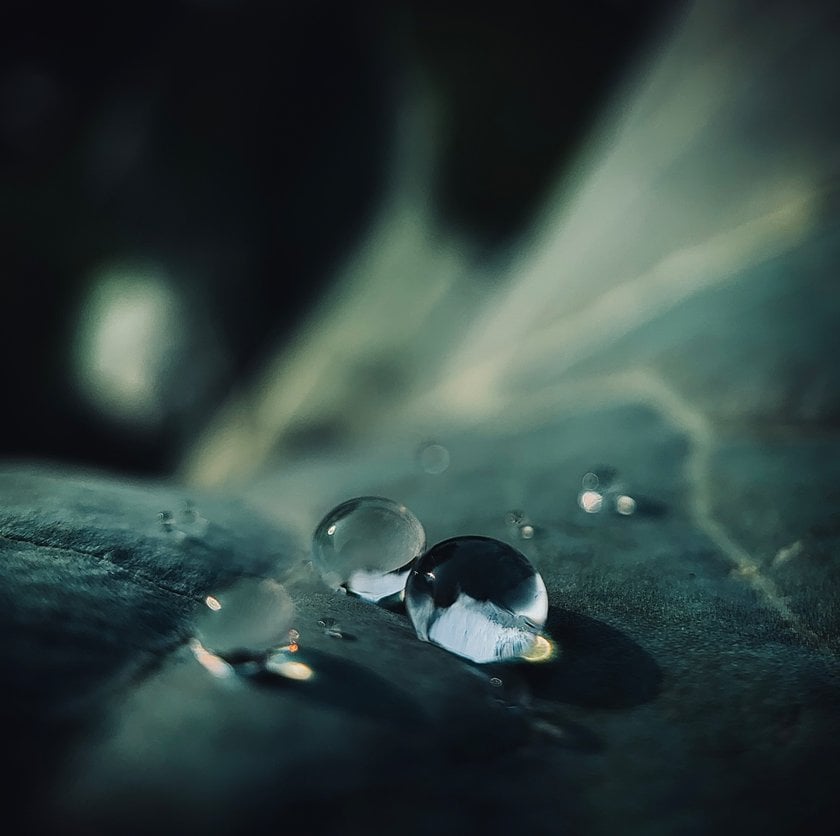
In this modern era, however, it’s not that difficult to do macro photography. In fact, there are some point-and-shoot full-frame mirrorless cameras that allow users to take decent close-ups. However, nothing beats the quality of what DSLR offers in the macro photography world. These cameras offer more flexibility, resulting in closer photographs that are just remarkable.
In general, there are two ways to determine the capabilities of a camera in terms of macro photographs which are as follows:
- 1:1 ratio - the camera lens is capable of capturing life-sized images.
- 1:2 ratio - the camera lens is capable of capturing half of the life-sized image.
By the way, if you want to achieve true macro photography, try Luminar Neo's AI Image Upscale.
Macro Photography Basics
Focusing on the subject, is perhaps, the biggest problem a photographer might face during macro photography shoots. He/she either has to use additional equipment in order to retain focus on the subject or just turn the macro mode on if the camera has it. Of course, being too close to the subject would also make it impossible to focus on it. But what is a macro mode on the camera?
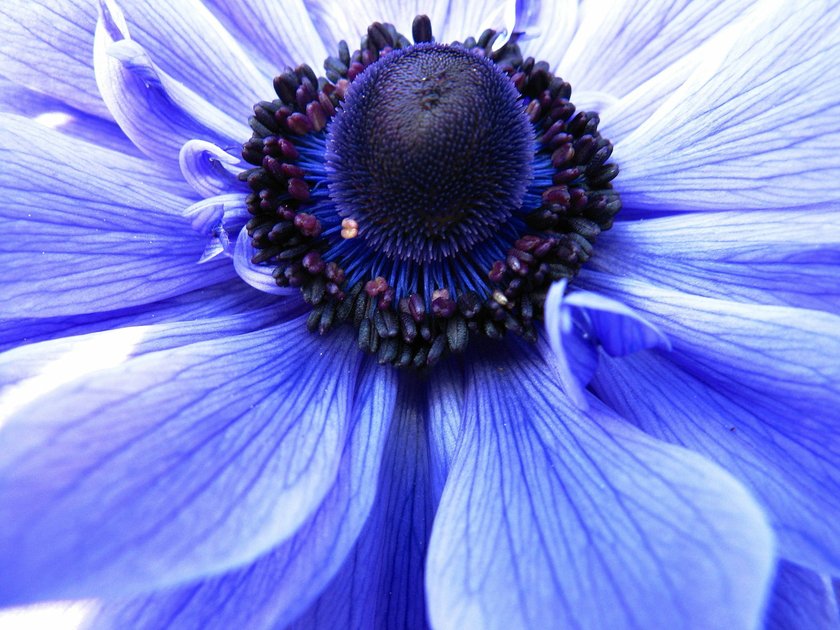 Tip: To see if your camera has a macro mode, look at the mode dial carefully and look for a small flower. If you see one, you’re good to go and your camera (a point-and-shoot one) is indeed capable of taking macro shots. Now you can identify what is macro on a camera.
Tip: To see if your camera has a macro mode, look at the mode dial carefully and look for a small flower. If you see one, you’re good to go and your camera (a point-and-shoot one) is indeed capable of taking macro shots. Now you can identify what is macro on a camera.
Checking the Minimum Focusing Distance
Every camera has a minimum focusing distance, which you can see under the camera’s specifications in the user’s manual. This would be helpful if you want to know how close you can get before losing focus of the subject. Today, there are some cameras that are able to get as close as an inch to the object and are still retain focus, which is simply amazing, to say the least.
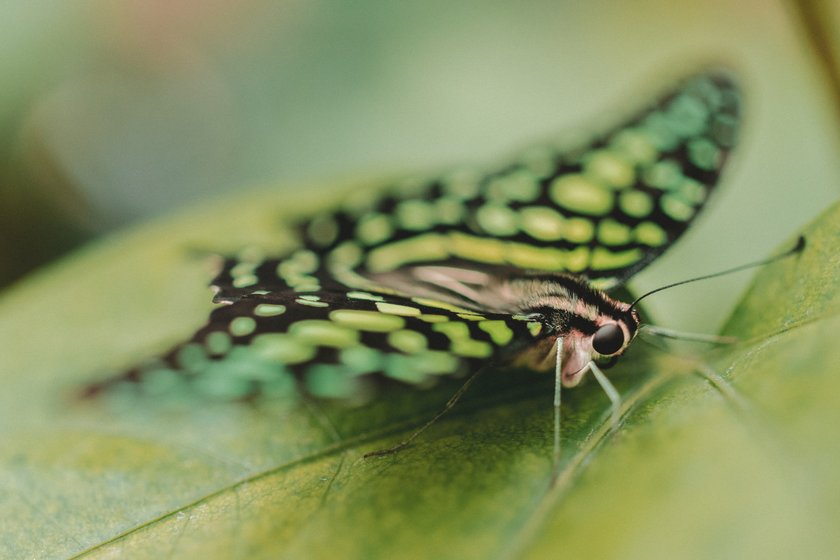 Technically, macro photography requires the lens to be as close to the subject as possible for great image quality. This makes traditional cameras lose focus but most DSLR cameras are able to do it. In addition, there are also some ways to hack the camera into taking macro shots. To make sure that the point of focus is where you want it, you can use a technique called focus stacking.
Technically, macro photography requires the lens to be as close to the subject as possible for great image quality. This makes traditional cameras lose focus but most DSLR cameras are able to do it. In addition, there are also some ways to hack the camera into taking macro shots. To make sure that the point of focus is where you want it, you can use a technique called focus stacking.
The Difference between a DSLR and Compact Camera
You should know that when it comes to taking macro photos on a DSLR camera, the rules are different than compact ones. Instead of relying on the camera itself, the macro capability depends on the lens. In simple terms, lenses that have macro capabilities, make it possible to get much closer to the subject without losing focus.
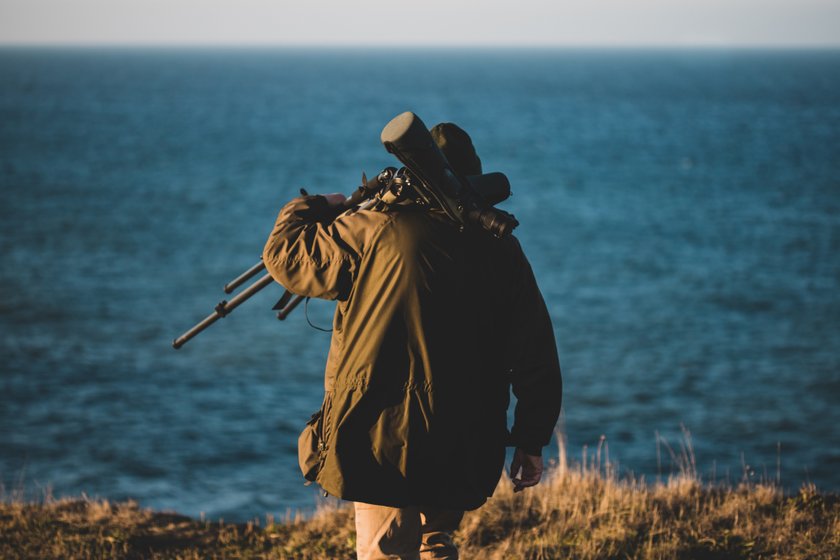 You can check under the lens specifications so as to whether it’s macro capable or not. If it is, the technical specifications of the lens would clearly indicate how close you can get until the lens starts losing focus. You should also know that professional photographers deem it necessary to take macro shots at a 1:1 ratio because anything less than that is not considered a true macro image. These macro lens are also capable of focusing into infinity, which can be really fun if you’re into taking landscape snaps.
You can check under the lens specifications so as to whether it’s macro capable or not. If it is, the technical specifications of the lens would clearly indicate how close you can get until the lens starts losing focus. You should also know that professional photographers deem it necessary to take macro shots at a 1:1 ratio because anything less than that is not considered a true macro image. These macro lens are also capable of focusing into infinity, which can be really fun if you’re into taking landscape snaps.
Which Camera is Better for Macro Photography?
So, what option is better for macro and are there good compact cameras? Back in the early 2000s, DSLR cameras were known to be the perfect companions when you wanted to take macro shots. But now, there are some pretty good compact cameras that are able to take excellent macro photos, rivaling the quality of a DSLR camera. However, to be honest, compact cameras don’t have the flexibility that DSLR cameras offer. These point-and-shoot cameras also don’t have a fully functional manual mode, which is considered very important in macro photography.
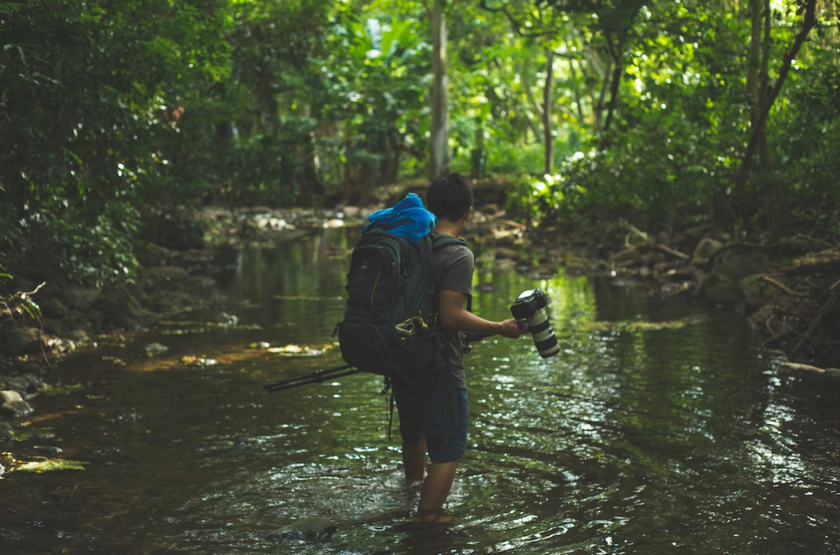 Manual mode allows the photographer to take control of the depth of field, exposure, image sharpening, and blurring of the background if needed. This is what will allow you to get a great macro. So we’d recommend going for a DSLR camera if you want to make macro photography a daily ritual. But, if you’re not really interested in professional-level photography with manual focus and just casually want to take a few macro shots now and then, going for a compact camera with macro capabilities is a good choice.
Manual mode allows the photographer to take control of the depth of field, exposure, image sharpening, and blurring of the background if needed. This is what will allow you to get a great macro. So we’d recommend going for a DSLR camera if you want to make macro photography a daily ritual. But, if you’re not really interested in professional-level photography with manual focus and just casually want to take a few macro shots now and then, going for a compact camera with macro capabilities is a good choice.
What Is a Macro Lens?
This is a type of camera lens specially designed for close-up photography of small subjects such as insects, and flowers. Amazing, isn't it? Some lenses are capable of reproducing scenes at a magnification ratio of 1:1 or greater, meaning that the object appears life-size or larger on the camera sensor.
Such lenses typically have a longer focal length for capturing macro shots, like 50mm, 100mm, or 200mm. These optics have a high level of quality and are designed to minimize distortion, aberrations, and other problems that can occur when shooting at close working distances.
Many lenses also feature image stabilization, which can help reduce camera shake and maintain sharpness when shooting handheld. And by the way, if you need to sharpen an image, you can do it quickly and easily with Luminar Neo.
What Is a Macro Lens Used For?
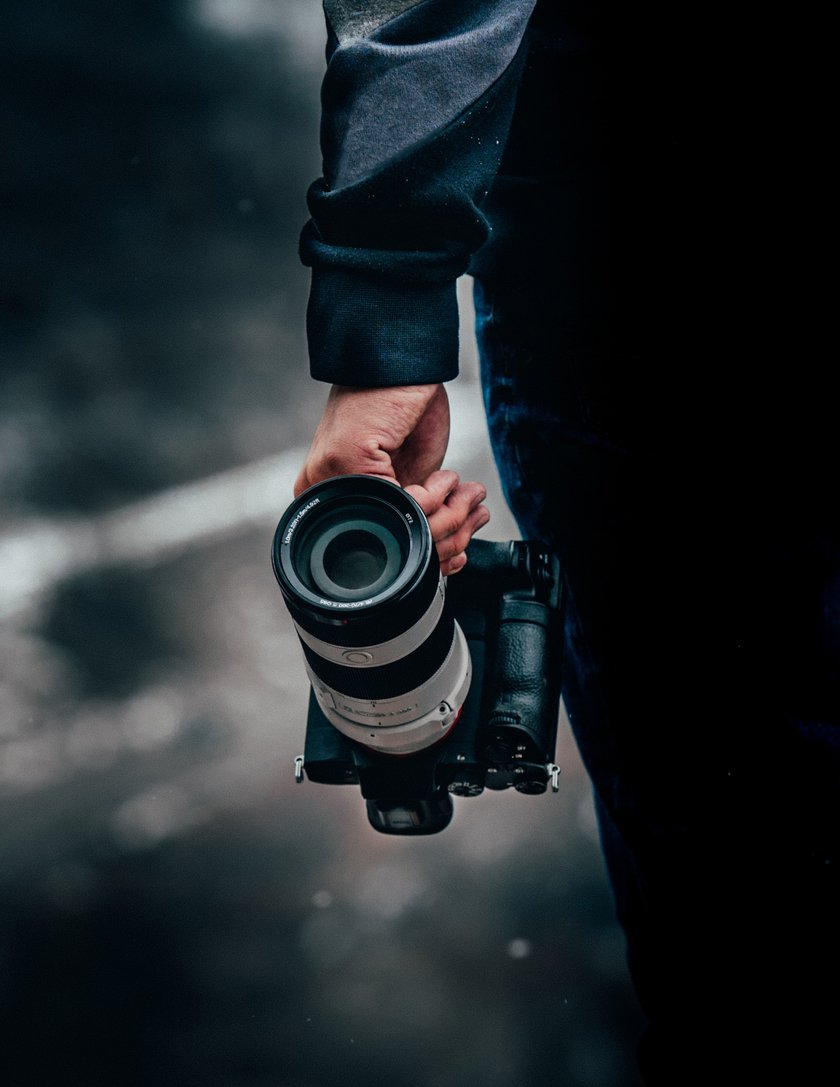 So, these lenses are typically used for nature, wildlife, and product photography, where the fine details and textures of the subject are important. For example, you can create a dreamy or ethereal effect in landscapes. A telephoto lens can also be useful for portraits, where the shallow depth of field can create a pleasing background blur and highlight the subject's eyes or facial features.
So, these lenses are typically used for nature, wildlife, and product photography, where the fine details and textures of the subject are important. For example, you can create a dreamy or ethereal effect in landscapes. A telephoto lens can also be useful for portraits, where the shallow depth of field can create a pleasing background blur and highlight the subject's eyes or facial features.
What Is the Best Focal Length for a Macro Lens?
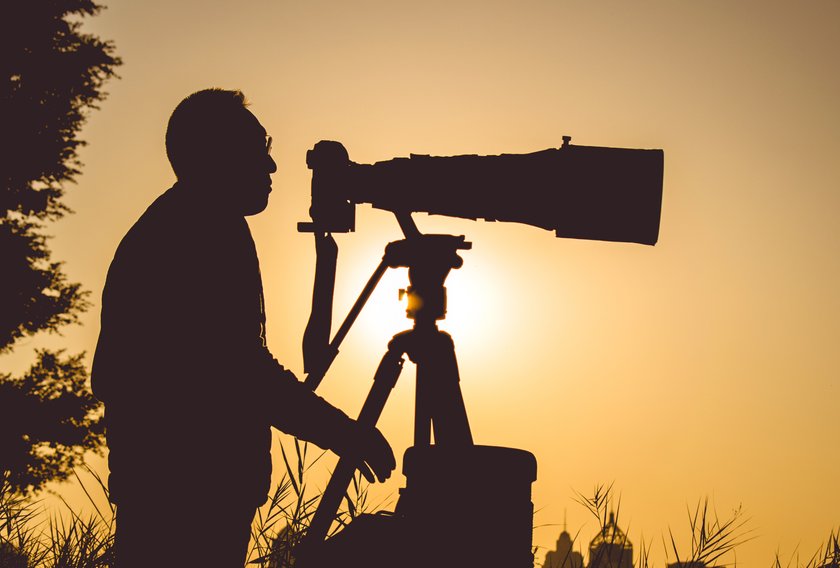 There are plenty of macro lenses. In general, a focal length of around 90mm to 105mm is a good choice, as it provides a good balance between working distance, the field of view, and magnification. However, a longer or shorter option may be more appropriate depending on the photographer's specific needs and shooting style.
There are plenty of macro lenses. In general, a focal length of around 90mm to 105mm is a good choice, as it provides a good balance between working distance, the field of view, and magnification. However, a longer or shorter option may be more appropriate depending on the photographer's specific needs and shooting style.
Remember, whatever lens you choose, you will still need software to edit photos, so find the best option for you right away.
Conclusion
Now you know what are macro photos. All in all, macro photography is all about capturing relatively small objects/subjects and revealing a whole new world that the naked eye cannot see.
Today, you might find a plethora of macro photography tips on the internet to better hone your skills. However, one of the best ways to get better at anything is to practice, and then practice some more happy snapping!
You can also learn more about the best photo editing for beginners by reading our blog.
Macro Photography: FAQ
Is Macro Photography Hard?
Despite some challenges, this genre can also be a fun and rewarding way to explore the beauty of the natural world and create stunning images that capture the details and textures of everyday objects. With practice and the right techniques, even beginners can achieve great results in this photography.
Can I Use a Telephoto Lens for Macro Photography?
A telephoto lens can be used for macro photos, but it may require some adjustments to your shooting technique and settings. If you already have this option, it's worth experimenting to see what results you can achieve. However, if you plan to take such photos regularly, investing in a dedicated lens may be a better choice.
What Is the Difference between Macro and Micro Photography?
Macro involves taking pictures of small subjects at close range, while micro photography captures images of microscopic subjects at high magnification ratios using specialized equipment.



